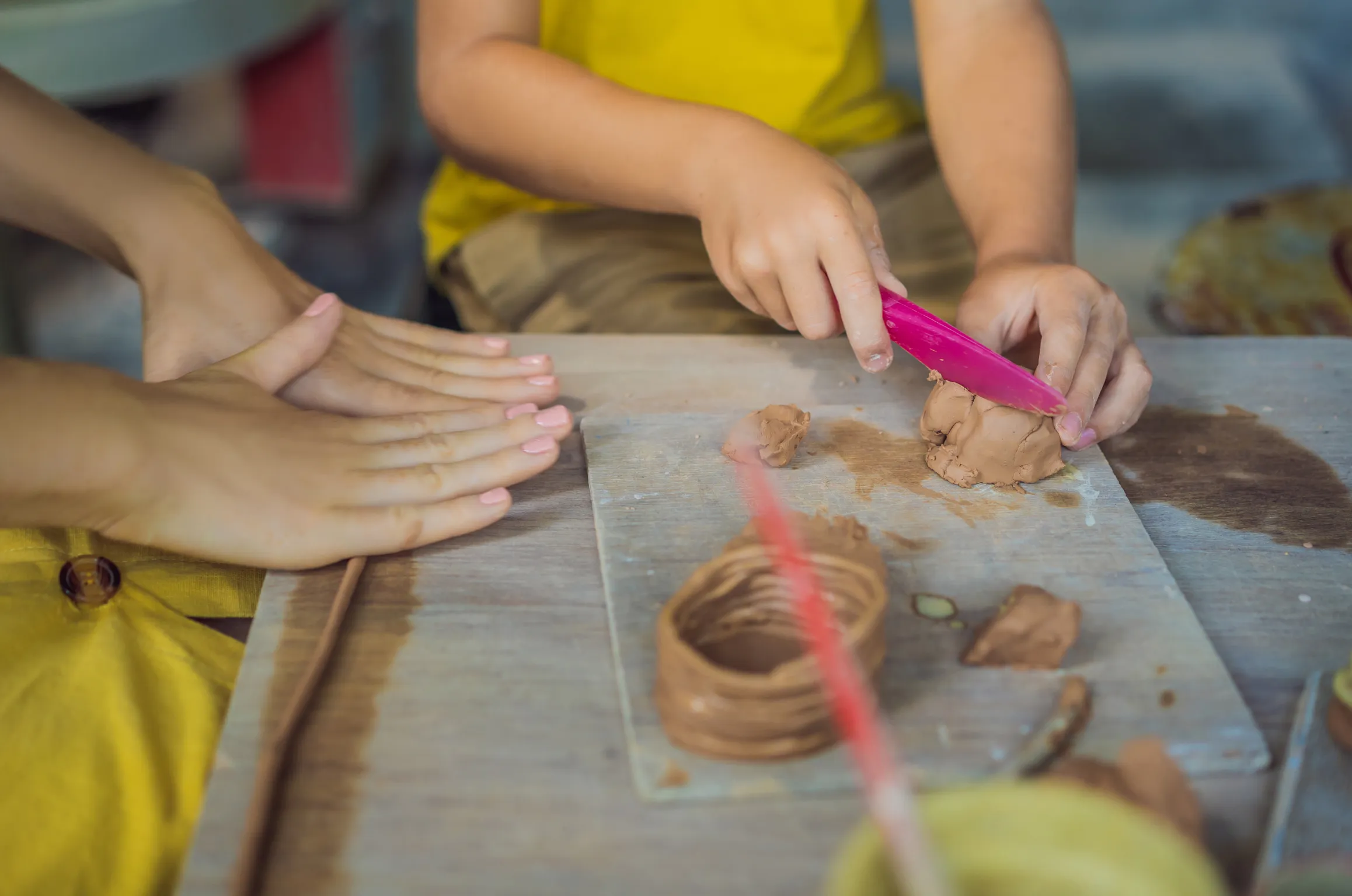Unleashing Creativity in Kids Aged 4-7: The Magic of Sculpture

Introduction
As parents and educators, we often witness the boundless energy and creativity in children aged 4-7 years. This is a period of rapid development, where they are not just growing physically but also exploring the world with a unique blend of curiosity and imagination. One of the most natural outlets for this creative explosion is through art, specifically sculpture. Let's delve into why sculpture is an essential activity for children in this age group and how it can contribute to their growth and development.
The Innate Need to Create
Children are born with an inherent desire to create and express themselves. From the moment they can grasp an object, they begin to explore textures, shapes, and forms. Sculpture taps into this natural inclination by offering a three-dimensional medium that is both tactile and versatile. Unlike other forms of art, sculpture engages children in a way that involves their entire body and all their senses.
Benefits of Sculpture for Young Minds
Enhancing Fine Motor Skills: Sculpting activities help in developing fine motor skills and hand-eye coordination. As children mold, shape, and assemble materials, they refine their dexterity and control.
Boosting Cognitive Development: Sculpture encourages spatial reasoning, problem-solving, and critical thinking. Children learn to conceptualize and plan as they turn a lump of clay into a recognizable form.
Fostering Creativity and Imagination: Sculpting allows children to express themselves freely, translating their thoughts and feelings into tangible objects. This process is crucial for emotional development and self-expression.
Encouraging Sensory Exploration: Working with materials like clay, playdough, or papier-mâché provides a sensory experience that is vital in early childhood development. It helps in understanding textures, densities, and the properties of different materials.
Promoting Patience and Focus: Sculpting requires time and concentration, teaching children the value of patience and attention to detail. It's an exercise in perseverance and dedication.
Incorporating Sculpture into Everyday Play
Sculpture doesn't always require formal classes. It can be easily incorporated into daily play activities. Simple materials like homemade dough, soap bars, or even recycled items can become the foundation for a sculpting project. Encouraging children to create during playtime not only keeps them engaged but also provides a valuable learning experience.
Conclusion
In conclusion, sculpture is more than just an artistic endeavor for children aged 4-7; it's a vital tool for their overall development. By engaging in sculpting, children can harness their innate desire to create, while developing important skills and expressing their unique perspectives. As parents and educators, facilitating these artistic explorations can lead to profound developmental benefits and, most importantly, a lot of joy and fun. Let's embrace sculpture as a way to nurture the next generation of creative thinkers and makers.
